Food Thickening Agents
There are the following features:
- Natural and semi-synthetic
- Enhanced texture and mouthfeel
- Safe Up to food grade
- Stability and shelf life
THICKENERS
Thickening agents, also known as food thickeners, are ingredients that, when introduced to a liquid mixture, boost its viscosity without significantly altering its other characteristics, such as flavor. They provide a body, increase stability, and improve the suspension of ingredients.
Thickeners for food are commonly utilized in the culinary and food processing industries to give sauces, soups, puddings, dairy products, and a variety of other dishes a desired consistency. The use of thickeners can also prevent the separation of oils and liquids in emulsions. They range from commonly used ingredients like flour and cornstarch to gums, pectin, and gelatin.
Our offerings encompass natural thickeners, comprising polysaccharides like starches, vegetable gums, and pectin, as well as proteins such as collagen and gelatin. We not only provide high-quality thickener products but also provide complete wholesale solutions.
Types of thickening agents
We offer a wide range of thickeners, both natural and semi-synthetic based on different viscosity and strength.
By Source
Polysaccharide Thickener

Xanthan Gum(thickener 415)
Produced by fermenting corn or soy sugars with Xanthomonas campestris, then precipitated with alcohol, dried, and milled into powder size with 40/80-80/200 mesh.
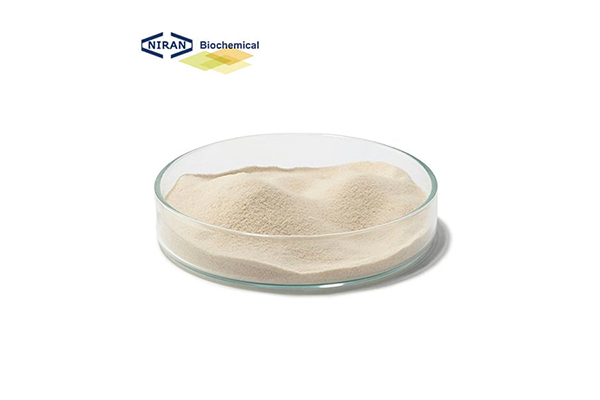
Agar
It is made by boiling and purifying red algae. The extracted gelatinous substance is cooled and dried into powder. The gel strength after dissolving in water is ≥900.
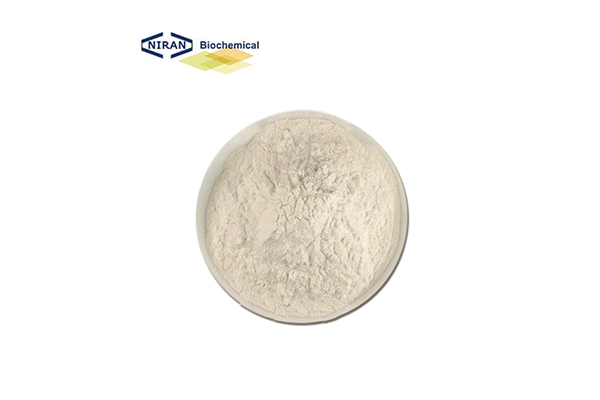
Sodium Alginate(Thickener 401)
Alginic acid from brown algae is extracted with an alkaline solution, converted to sodium alginate, filtered, precipitated, dried, and ground into powder, with viscosity from 30 to 1100mpa.s.
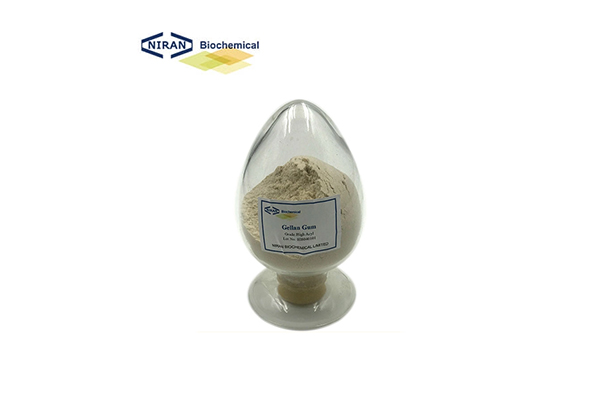
Gellan Gum
Produced by fermenting sugars with Sphingomonas elodea, then precipitated with alcohol, filtered, purified, and dried into a powder with low acyl and high acyl options.
Proteins
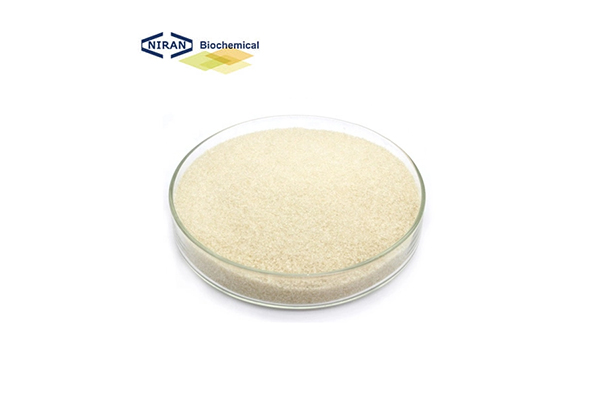
Gelatin
Produced by boiling animal bones, skins, and connective tissues to extract collagen, which is then hydrolyzed, filtered, purified, dried, and ground into powder with strength from 80 to 280 bloom.
Semi-synthetic Thickener
Combines natural and synthetic components for enhanced consistency, controlled viscosity, improved shelf life, and uniform texture.
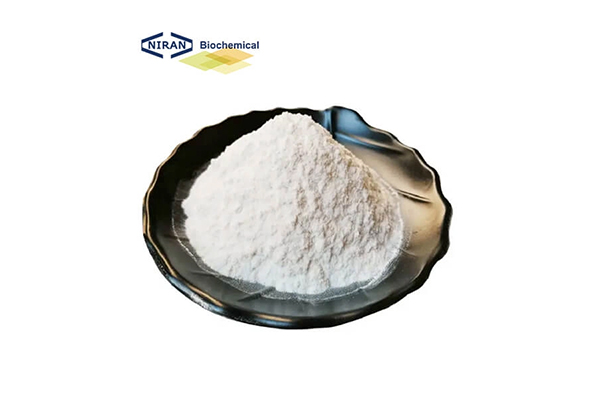
Sodium Carboxymethyl cellulose
Created from the reaction of chloroacetic acid with cellulose. Cellulose is treated with an alkaline solution, then chloroacetic acid, forming CMC. Purified, neutralized, dried, and milled into powder, viscosity from 1000-8000(1%,mPa.S)
By Viscosity

Sodium Alginate
Viscosity ranges from 3 to 800mpa.s, provides versatile viscosity, excellent gel formation, thermal stability, and biocompatibility.

Xanthan Gum
At low concentrations (e.g., 0.1-0.5% by weight), it can create solutions with relatively low viscosity, ranging from 100 to 2000 centipoises (cP).

Sodium Carboxymethyl cellulose
Range of 1000-8000, forms viscous solutions at low concentrations, providing effective rheological control and suspension properties.
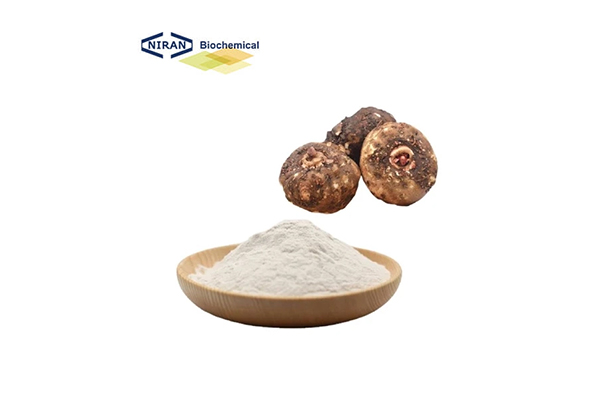
Konjac Gum
Composed of glucomannan polysaccharides, creates a thick gel-like consistency at low concentrations (0.1% to 1%), providing substantial thickening up to 36000 mpa.s.

Gelatin
Dissolves in warm water and gels upon cooling, forming a firm, elastic gel with a smooth, dense texture and a strength range of 80-280bloom.

Agar Powder
Gel strength exceeds 1000 g/cm² as agarose and agaropectin polysaccharides create highly viscous solutions by trapping water molecules in a double helix structure.
Application of Food Thickener
Food thickeners improve texture, stability, and mouthfeel in soups, sauces, desserts, and beverages, enhancing overall product quality.
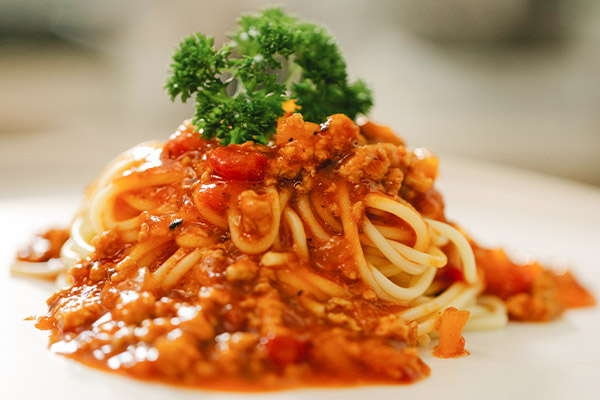
Sauce
Sauce thickeners improve consistency, prevent separation, enhance mouthfeel, ensure smooth texture, and increase appeal and stability in sauces, gravies, and dressings during storage and serving.
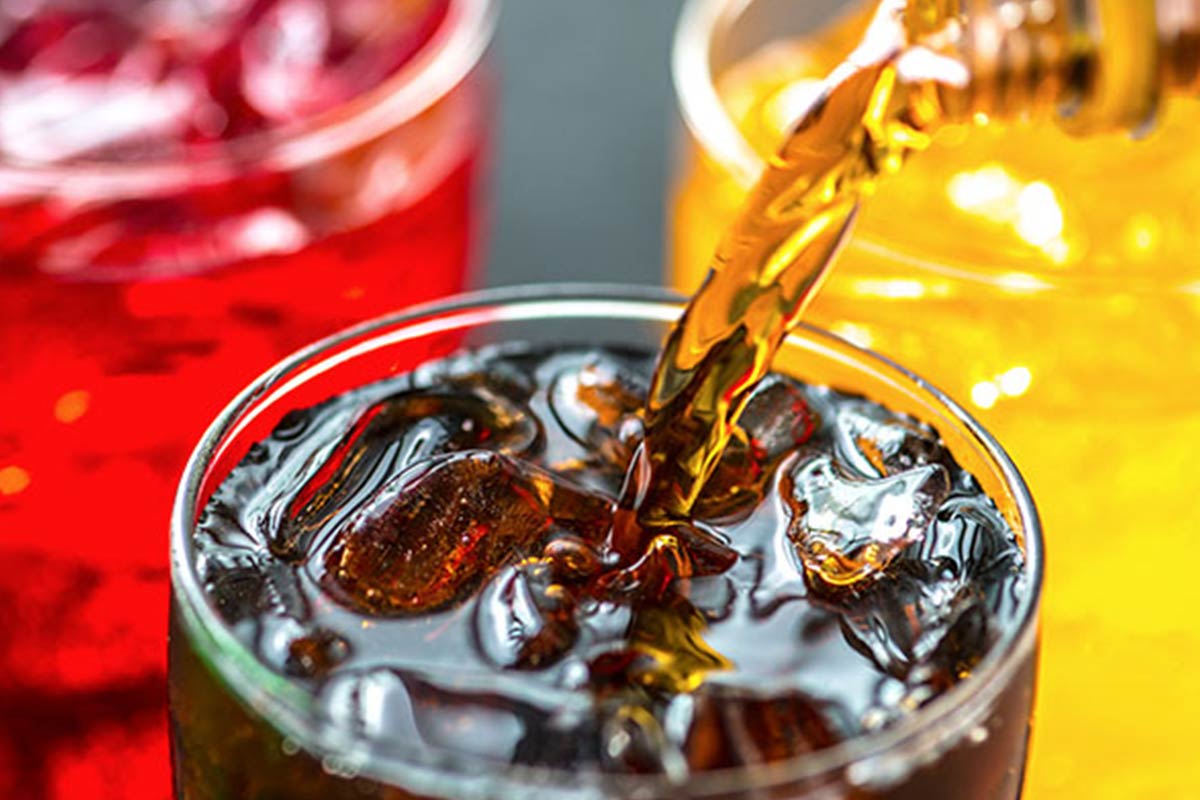
Beverage
Beverage thickeners enhance texture, improve mouthfeel, stabilize drinks, ensure consistency, prevent separation, and meet dysphagia needs by modifying viscosity.
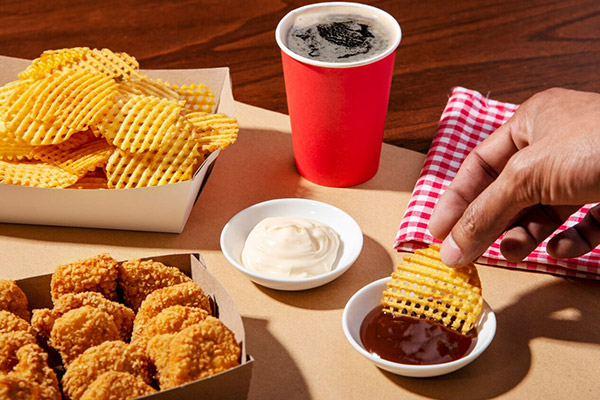
Instant Food
Instant food thickeners enhance texture, improve mouthfeel, stabilize, ensure consistency, and prevent separation in soups, sauces, and gravies for convenience.

Sour Cream
Sour cream thickeners enhance texture, improve mouthfeel, stabilize formulations, ensure consistent viscosity, and prevent separation, resulting in a rich, creamy, and smooth final product.
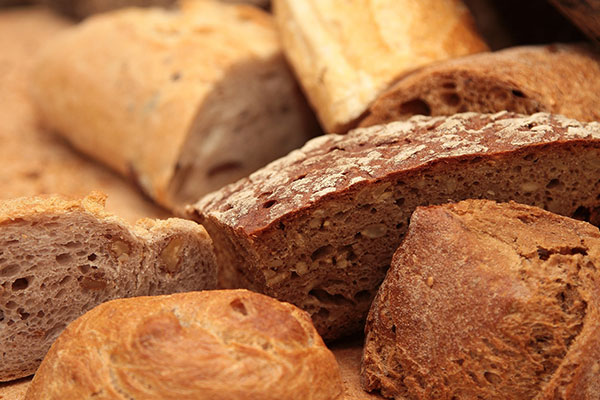
Bake
Thickeners in baking improve texture, enhance moisture retention, stabilize batters and fillings, ensure consistent viscosity, and prevent ingredient separation, leading to superior baked goods.
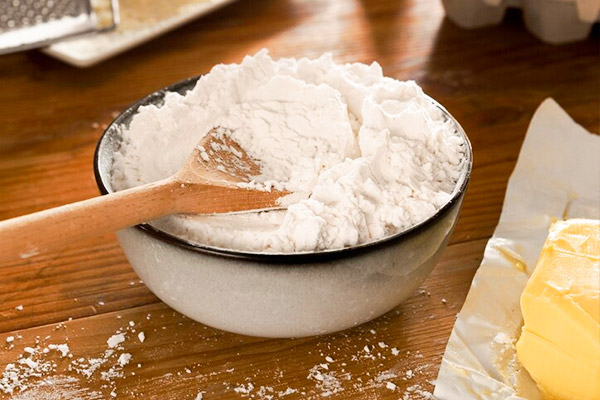
Flour and Butter
Flour and butter thickeners create roux, enhancing texture, stabilizing sauces, gravies, and soups, ensuring smooth consistency, and adding a rich, creamy flavor to dishes.
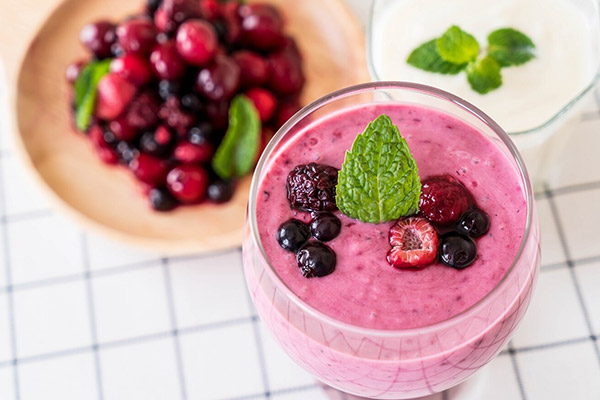
Smoothie
Smoothie thickeners enhance texture, improve mouthfeel, stabilize blends, ensure consistency, prevent separation, and boost nutrition, creating a satisfying, creamy, nutrient-rich beverage.
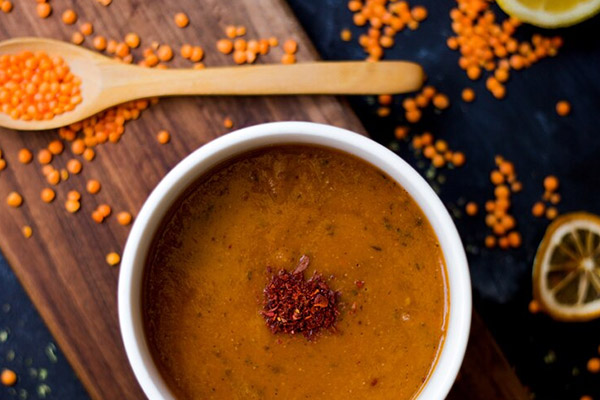
Low Carb Gravy
Low carb gravy thickeners enhance texture, ensure smooth consistency, stabilize, prevent separation, and maintain low carbs, offering a healthier option.
FAQ
What are food thickeners?
Food thickeners are ingredients employed to augment the thickness or viscosity of a liquid or semi-liquid food while minimally affecting its other characteristics.
Why are thickeners used in food?
They are utilized to enhance food texture and consistency, prevent ingredient separation, and elevate mouthfeel.
Are food thickeners safe to consume?
Indeed, food thickeners authorized by food safety agencies such as the FDA and EFSA are deemed safe for consumption when used in recommended amounts.
What are some common thickeners for food?
Common thickening agents include cornstarch, flour, gelatin, xanthan gum, and guar gum.
Can food thickeners affect digestion?
Some people may experience digestive discomfort with certain thickeners, like xanthan gum or high amounts of fiber-based thickeners, but this varies individually.
Are there natural food thickeners?
Yes, natural thickeners include agar, pectin, and gelatin.
Can thickeners be used in gluten-free cooking?
Yes, there are gluten-free thickeners like xanthan gum, arrowroot powder, and cornstarch.
Do thickeners alter the taste of food?
Most thickeners are flavorless and do not alter the taste of food, although some can have a slight taste at high concentrations.
How do I choose the right thickener for my recipe?
The choice depends on the desired texture, the cooking process, and any dietary restrictions. For instance, cornstarch is great for sauces and gravies, while pectin is ideal for jams.
Can I substitute one thickener for another?
Substitutions can be made, but it’s important to understand that different thickeners have different properties and strengths. Ratios and methods may vary.
